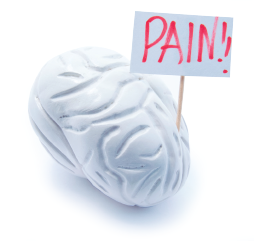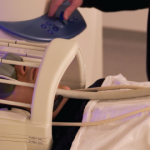
Shidlovski / SHUTTERSTOCK.COM
With the aid of increasingly sophisticated neuroimaging technology, research into how the brain activates and changes in patients with chronic pain is delivering fascinating information that will hopefully pave the way to tailored, individual treatment of chronic pain.
Over the past several years, data from neuroimaging studies have provided a new understanding of what occurs in the brains of people with chronic pain conditions such as fibromyalgia and osteoarthritis. Recent data, for example, show that increased processing of pain in specific areas of the brain associated with the expectation of pain (e.g., the insular cortex) correlated with the extent and severity of pain in patients with fibromyalgia and osteoarthritis.1
These studies are helping researchers better understand the complex interplay of changes in brain pathways that affect both the sensory and emotional aspects of pain, and how changes in these two pathways interact to create the perception and experience of chronic pain. This is described well in a review of the current research on pain neuroimaging by researchers from the United Kingdom, who detail the way in which chronic pain appears to alter brain function and structure in these patients.2 Specifically, functional imaging studies show that two primary pain pathways, the lateral and medial pain pathways, are involved in what has become known as the pain matrix. Researchers think these two pathways account for the sensory aspects of pain (i.e., the lateral pathway) as well as the emotional aspects of pain (i.e., the medial pathway).2

Professor Jones
Anthony Jones, MD, professor of neuro-rheumatology at the University of Manchester in England and senior author of the review, describes it as the need to integrate the two important pathways in the brain that tells a person they’re experiencing pain: the hard-wired information from damaged pain fibers in the body (i.e., the sensory pathway), and the activation of brain areas associated with emotion, attention and anticipation (i.e., the emotional pathway) that conditions the brain to expect the experience of pain based on prior pain experiences. That latter point is critical to understanding that even the subjective experience of chronic pain, so baffling to clinicians and patients, is being shown by neuroimaging studies to also be based in physiological changes in the brain and how the brain adapts to or accommodates acute pain experiences.
“In different patients, different things will drive the pain that’re often not related to physical damage,” Professor Jones says.
